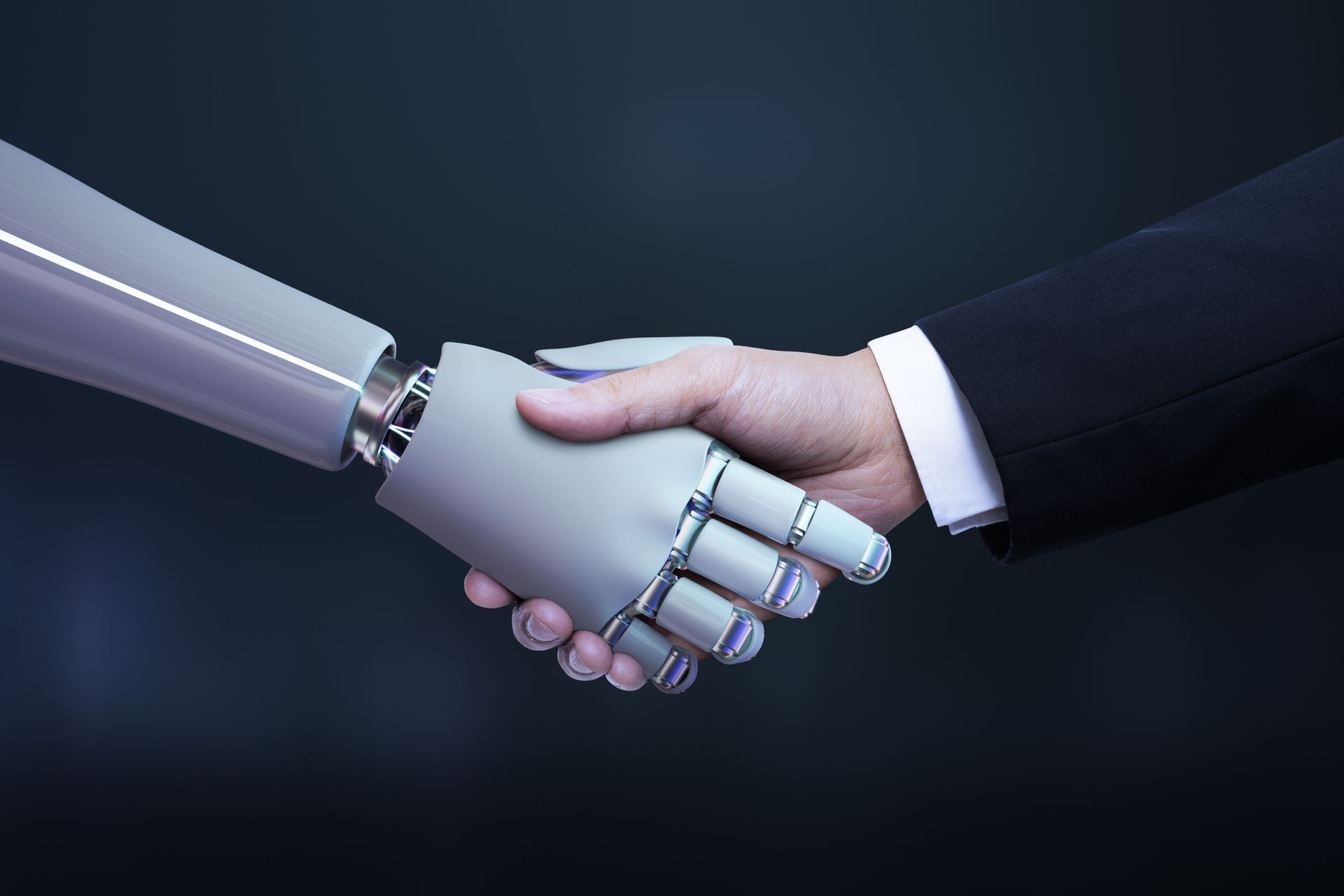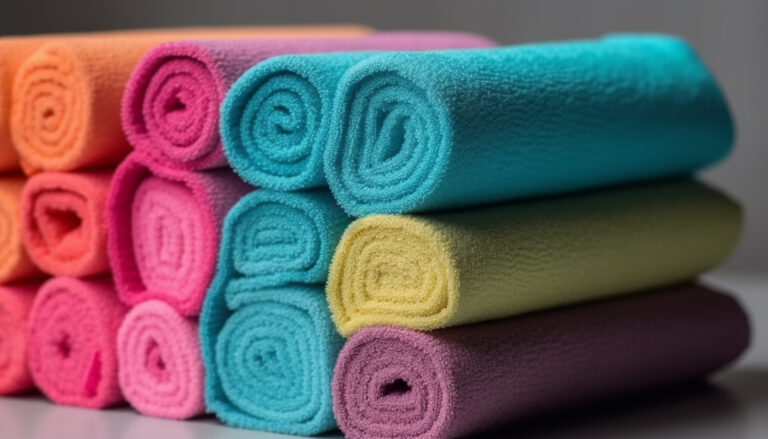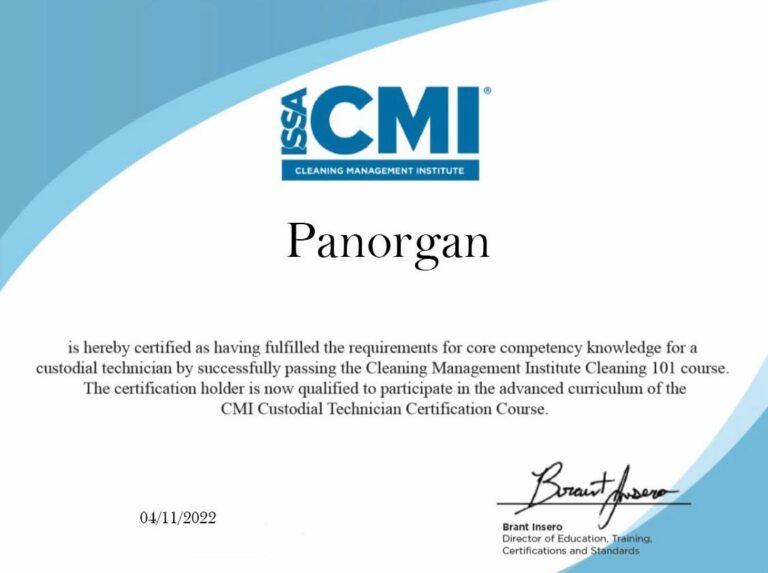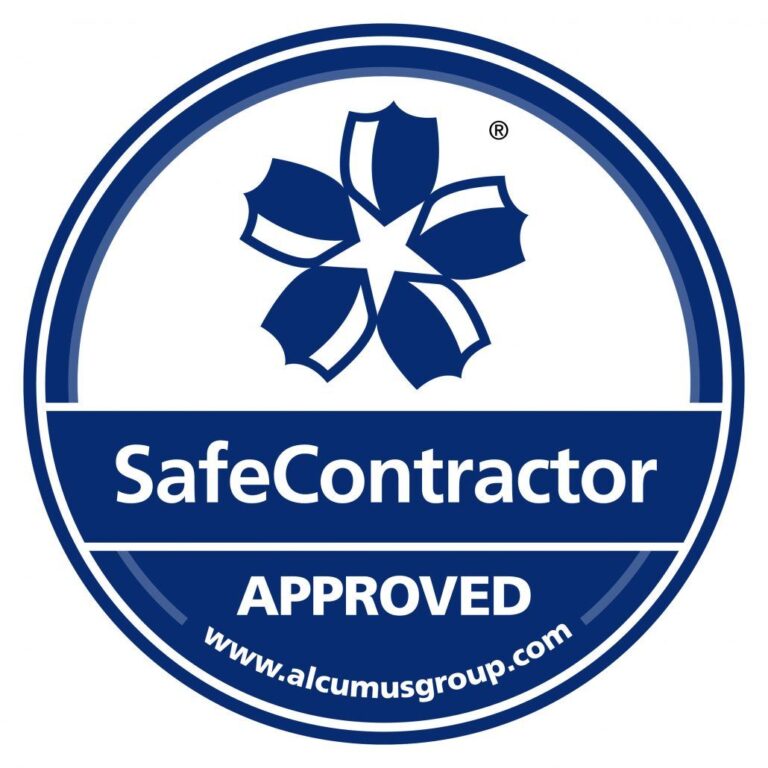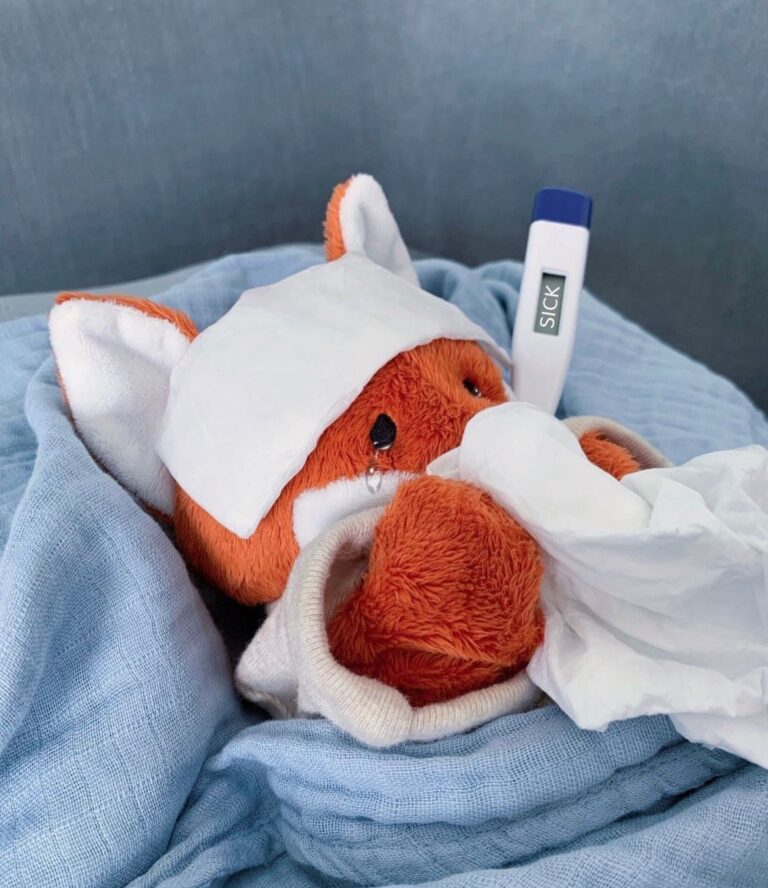In recent years, the rise of automation and robotics has sparked discussions about the potential impact on the Labour market across various industries. One question that often arises is whether cleaning jobs, traditionally performed by humans, will eventually be taken over by robots. This article delves into the complex landscape of automation in the cleaning industry and examines the factors at play.
will cleaning jobs advantages of Robotic Cleaning
- Efficiency: Robots can work around the clock without fatigue, ensuring consistent cleaning quality.
- Precision: They can access hard-to-reach areas, ensuring a more thorough cleaning process.
- Safety: In hazardous environments, such as medical facilities, robots can carry out cleaning tasks without exposing humans to risks.
- Cost Savings: Over time, robotic cleaners may reduce Labour costs and enhance operational efficiency.
Limitations of Robotic Cleaning
- Complex Environments: Cleaning robots may struggle in intricate and cluttered spaces that require human judgment.
- Maintenance and Costs: The initial investment in robotic cleaning equipment can be high, and maintenance is crucial.
- Specialized Tasks: Certain cleaning tasks, like intricate upholstery cleaning or delicate surface care, still require human expertise.
The Human Element in Cleaning
The key to understanding the future of cleaning jobs lies in recognizing the human touch. While robots can perform repetitive and straightforward cleaning tasks with efficiency, there are aspects of cleaning that demand a distinctly human skill set. These include decision-making, adaptability, communication, and handling complex, non-standard cleaning situations.
Additionally, cleaning often extends beyond the physical act of cleaning. Cleaning professionals build relationships with clients and provide assurance that cleaning tasks are carried out to the highest standards.
Conclusion
Will Cleaning Jobs In the ever-evolving landscape of the cleaning industry, the best option is a harmonious collaboration between robots and human cleaners. Robots offer efficiency, consistency, and the ability to handle repetitive or hazardous tasks, while humans bring adaptability, judgment, and the invaluable human touch that clients appreciate. Together, they create a synergy that ensures the most effective and efficient cleaning solutions. It’s not about choosing one over the other, it’s about recognizing the strengths of both and allowing them to complement each other, ultimately providing a cleaner, safer, and more productive environment for all.
